The 10 Best Gadgets and New Tech of CES 2016
- Get link
- X
- Other Apps

CES 2016,
the first and debatably most important consumer technology show of the year, is
over. We’ve already gone over some of the weirdest technology
from the show (and there was plenty to choose from), but now we’re going to
list off the stuff from CES that actually got us excited about the future.
There are
some mainstays of the show such as the Oculus Rift, the HTC Vive, and new ultra
super definition massive televisions—but also a lot of new stuff that was a
complete surprise. These are the 10 gadgets and pieces of new technology that
stood out from the bunch for us:
10.
Segway Advanced Personal Robot

Segways
were already a little ridiculous, but now they have a robotic face on them—but
hey, no CES is complete without some old fashioned robotics. This new product
from Segway is somewhere between a personal assistant and a mode of
transportation, which isn’t the craziest thing in the world when you think
about it. Much of the potential behind such a product lies behind what developers
will do with its open SDK. Here’s to hoping for a robot that isn’t a vacuum
cleaner that could actually be useful around the house!
9.
Samsung Modular TV
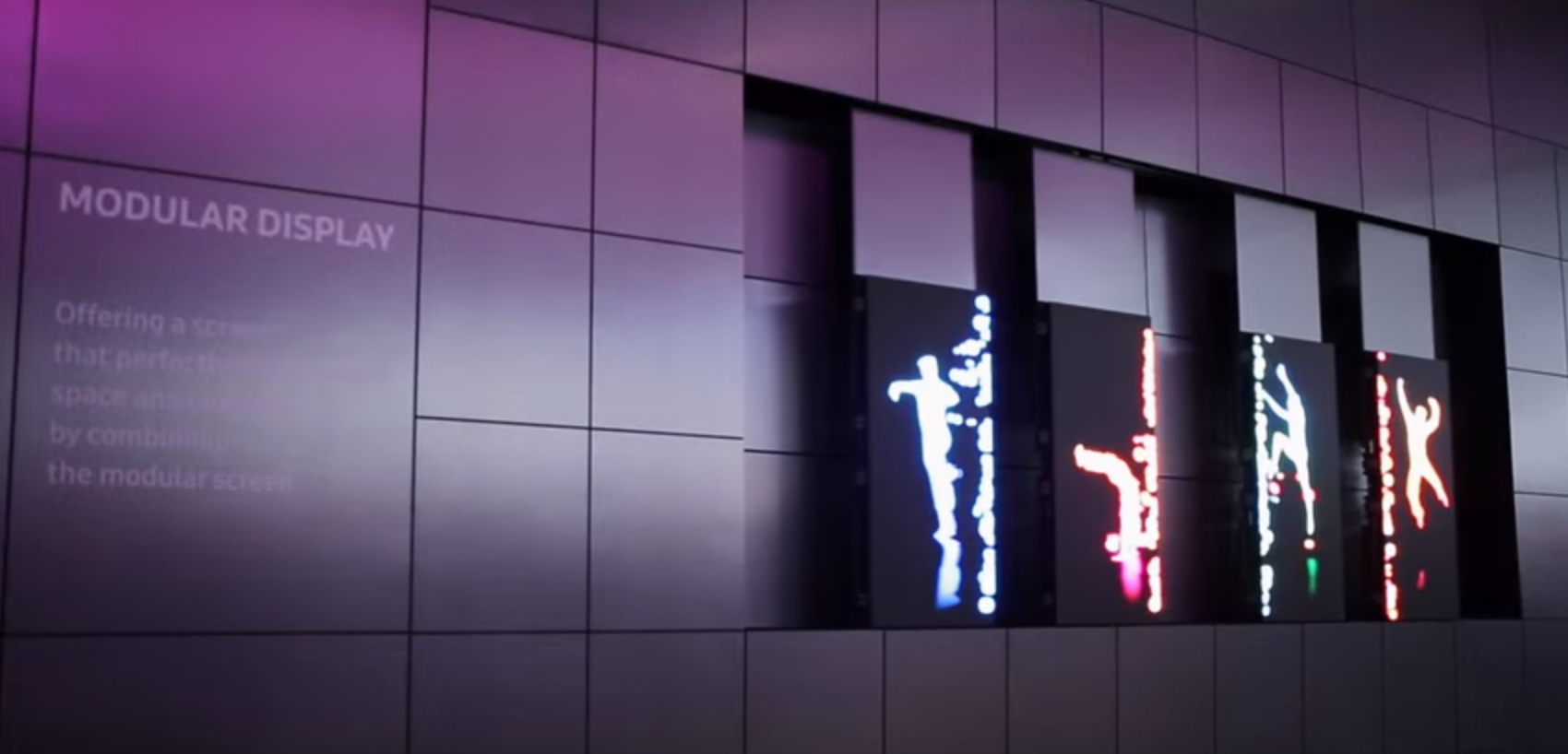
This one
is more a tech concept than anything else, but the idea of a modular television
is admittedly an interesting one. Essentially, each of these pieces of the
screens can be used independently, as well as move together and form screens in
different aspect ratios. The really cool thing is that when they form together,
it’s totally seamless—meaning you can’t see the lines between the individual
pieces.
8.
DietSensor SCiO Food Scanner

Trying to
track what you’re eating for dieters is important, but it’s even more important
for those with conditions like Diabetes. What this little gadget does is scan
the chemical makeup of the food or drink at hand, analyzing whether or not it’s
something you should eat given your dietary conditions. It can only do one
piece of the food at a time and has to use a multi-step app to do the job, but
it’s kind of astounding that it even works in the first place.
7.
Samsung Notebook 9
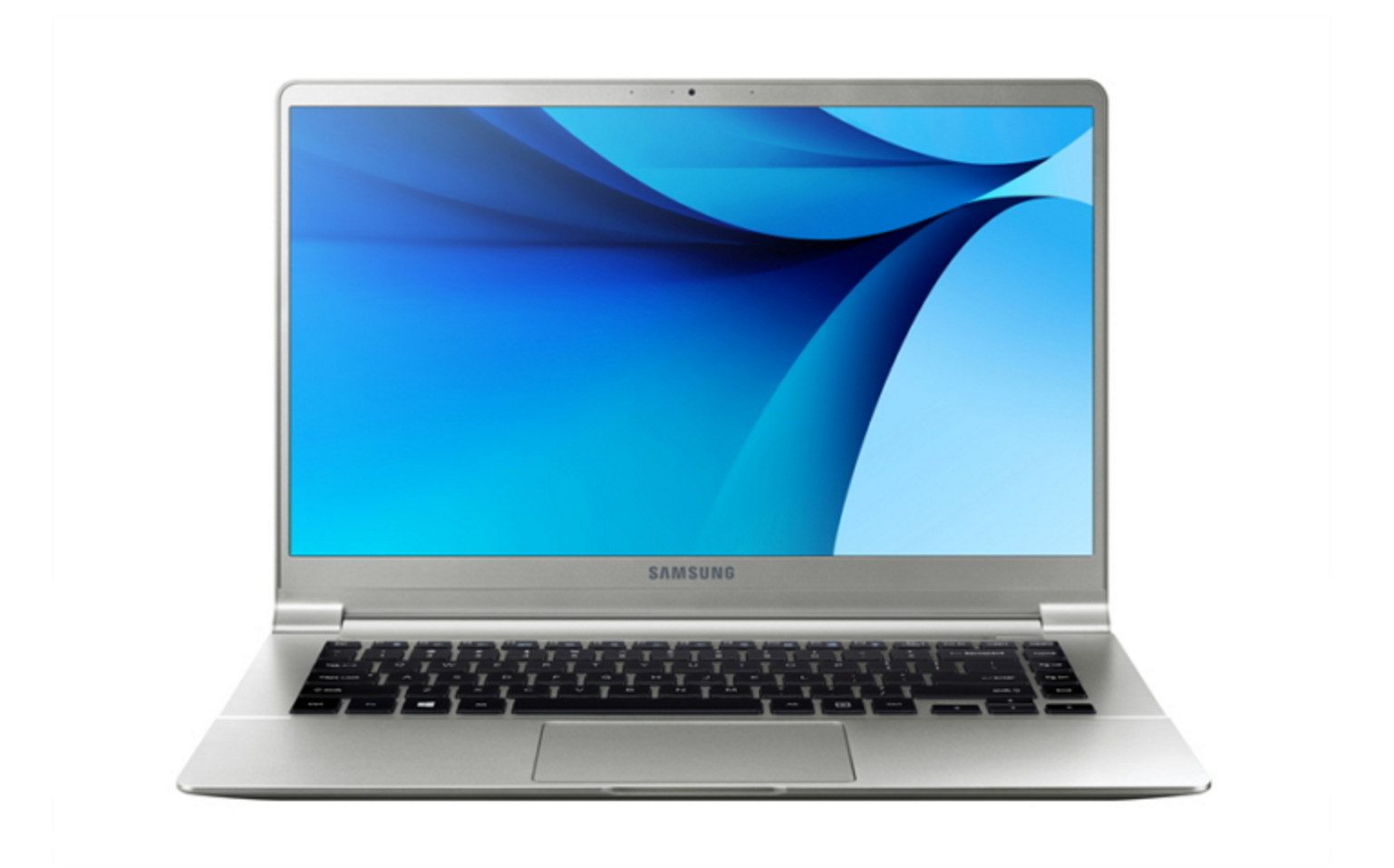
Samsung
is known for copying every one of Apple’s steps—and the Notebook 9 is no
different. However, what Samsung has done here is take the whole “thin and
light” laptop mentality and really run with it. Not only is the Notebook 9
incredibly thin, it also packs a punch, maxing out with an Intel Core i7
processor, 8GB of RAM, and 256GB of SSD storage. The only real disappointment
is the 1080p display, which will have a hard time comparing to laptops like the
MacBook Pro or Dell XPS. At the right price though (which is currently TBD),
the Notebook 9 could be one of the big laptop standouts of 2016.
6.
Livestream Movi
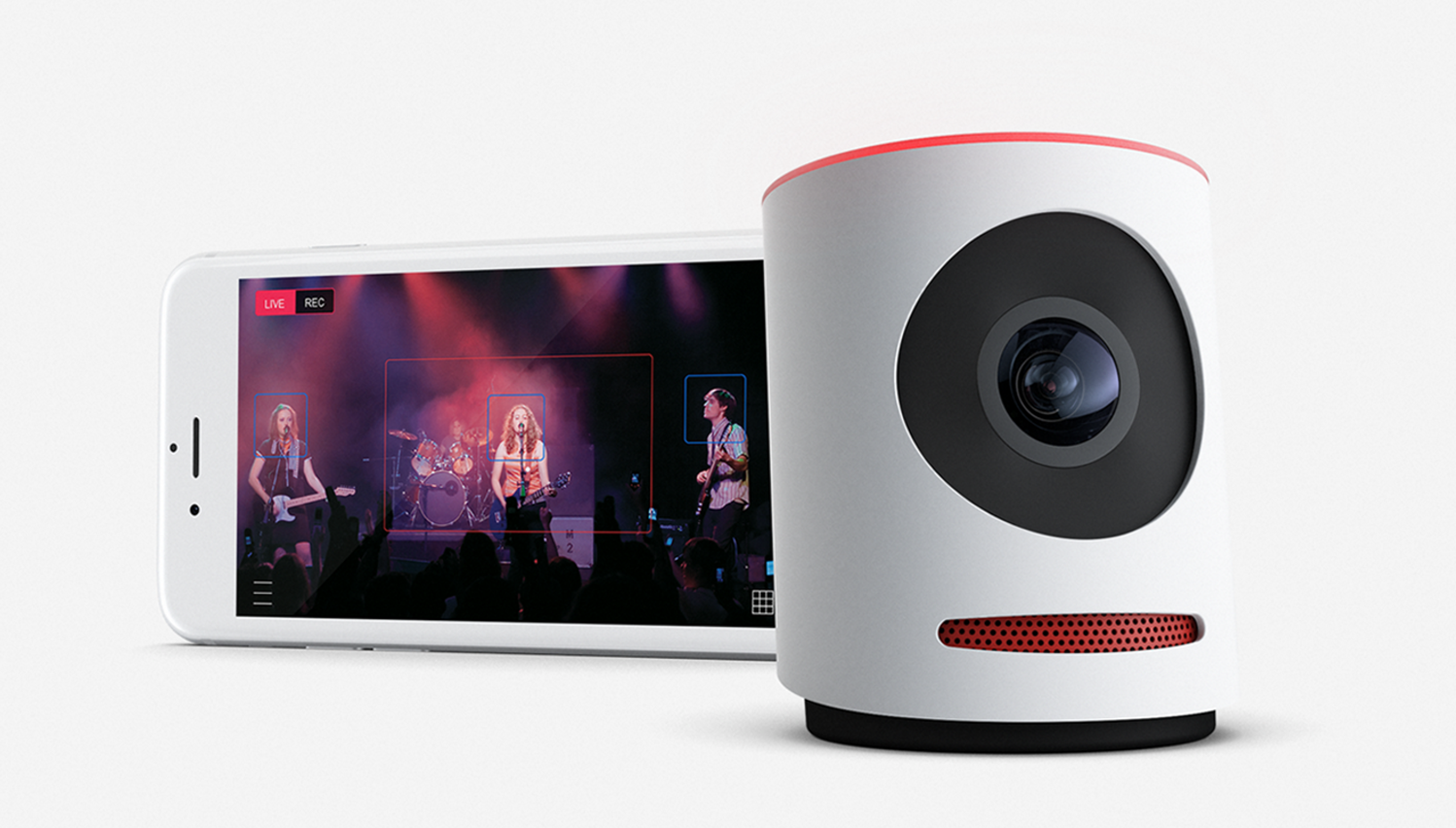
Action cams are everywhere you
look these days, but what Livestream has done with its new product Movi feels
incredibly intuitive. This little 4K camera is meant to be used to capture live
events as they happen, which is something people are wanting to do more and
more these days. The Movi connects right to your iPhone and uses the
corresponding app to let you edit up to 9 virtual cameras all on the fly. You
can zoom, pan, cut, and even let the camera follow faces—all within the app. At
just $399, the Movi feels like the next big step in livestreaming capabilities.
5. Chevy Bolt
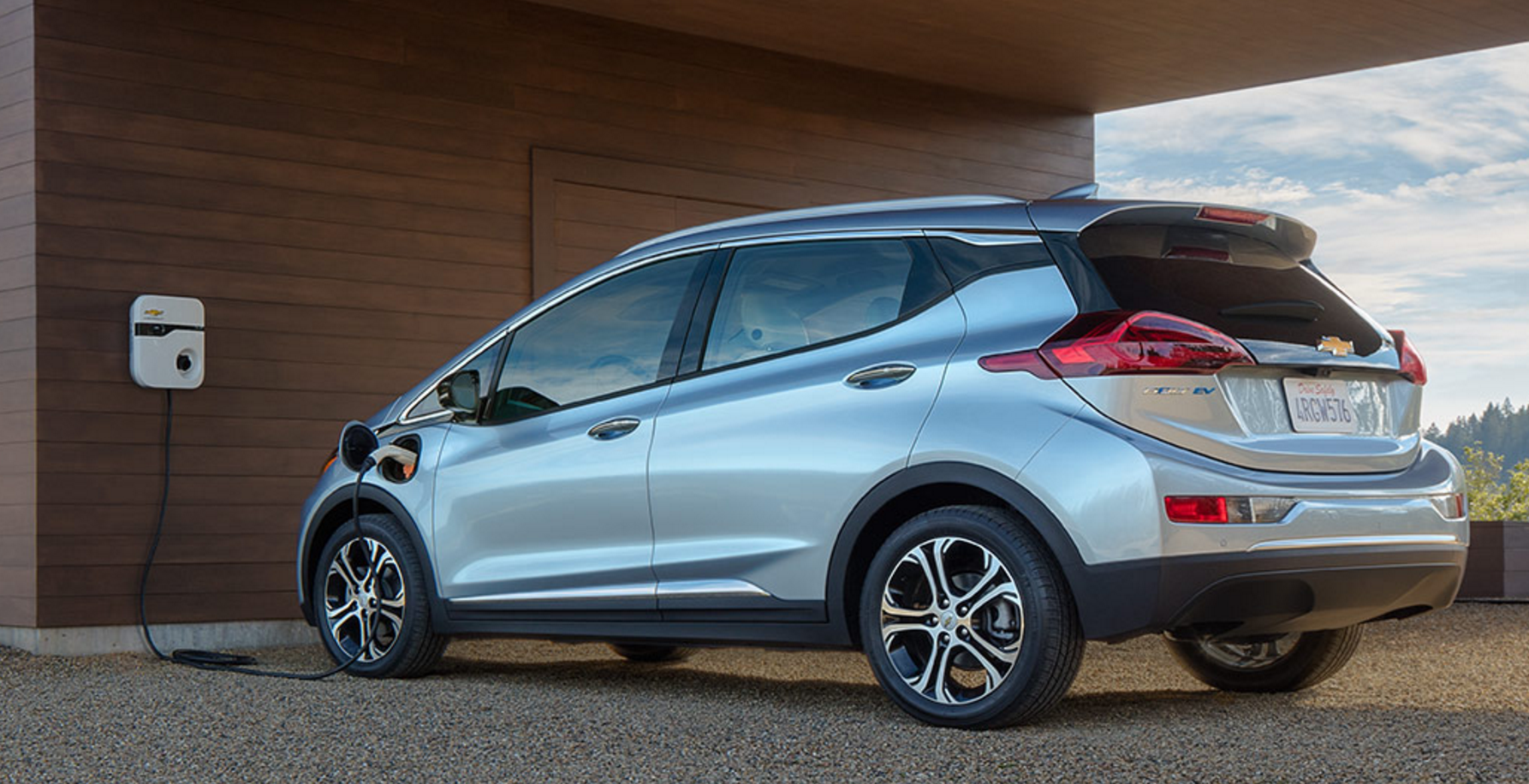
The biggest thing holding back
the electric car industry these days is price. Tesla paved the way, but the new
Chevy Bolt is bound to be the most significant electric car since the original
Tesla Roadster and Tesla Model S. After the $7500 tax credit, the Bolt will
come in under an astounding $30,000 and is pretty close to a modern hatchback
in terms of looks. The Bolt also comes with a 10.2-inch touchscreen on the dash
and a few other bells and whistles. It’s not as flashy or fast as something
from Tesla, but at that consumer-friendly price it’s hard not to see it as the
future of fully-electric cars.
4. Razer Blade Stealth
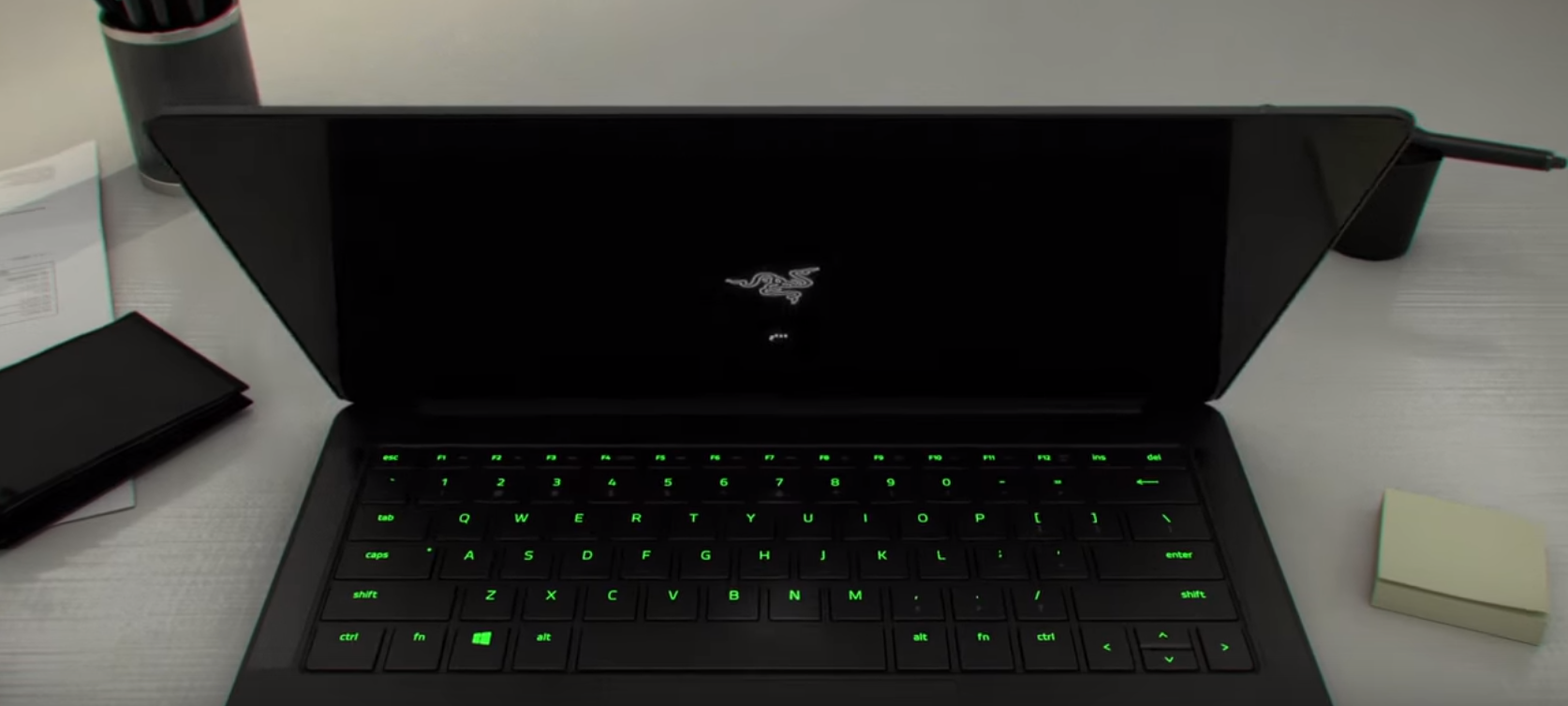
Razer has been trying to build
the ultimate gaming Ultrabook for the last few years, but 2016 might be the
year it’s actually succeeded. The Blade Stealth is everything you’d expect to
see in a new ultrabook-type machine from Apple or Dell—it’s slim, fast, and
fairly inexpensive. The kicker though is that the Blade Stealth also comes with
an integrated graphics card that can supplemented by an exterior graphics card
called Razer Core, which will deliver those desktop-level graphics that it was
never able to power by a laptop before.
3. Ehang Passenger Drone
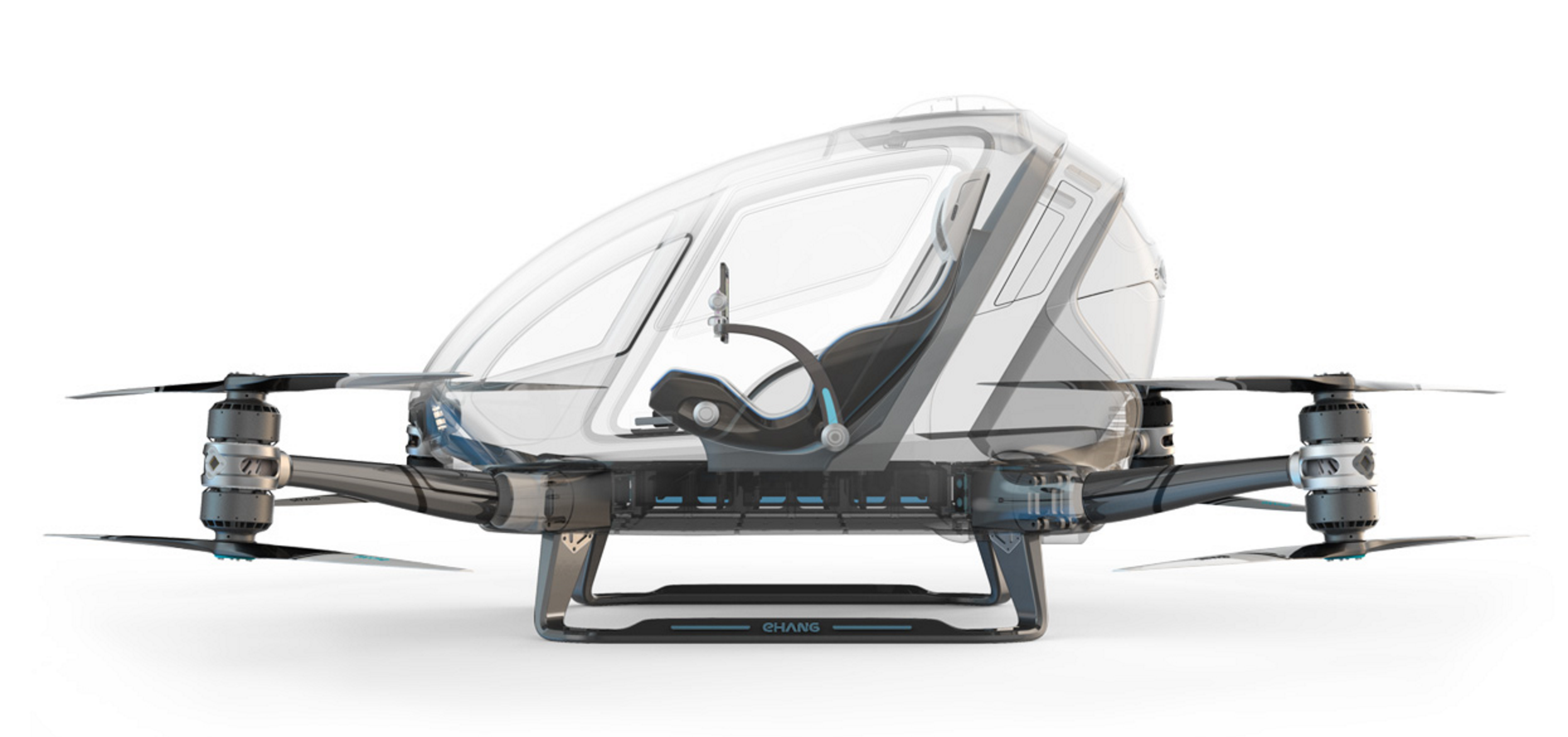
Lots of drones made appearances
at CES 2016, but none quite like this. The Ehang Passenger Drone isn’t for
taking impressive video or even something as fanciful as delivering packages
through Amazon—it’s for you. The Ehang Passenger Drone wasn’t available for
taking flights at the show, but the whole concept of an all-electric helicopter
that can navigate itself to a destination with you inside got us really excited
to see this thing in action.
2. Faraday Future FFZero1
Concept
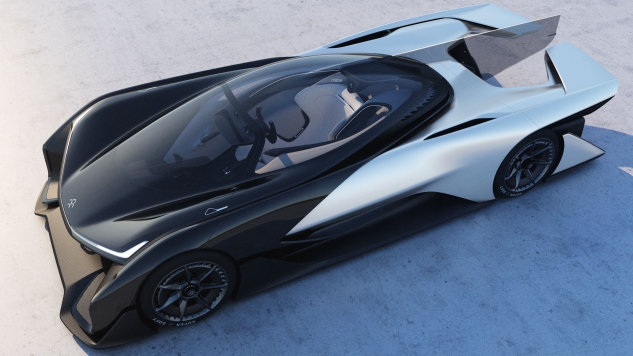
Making its big premiere at the
show was a new company called Faraday Future. It showed off its new
high-performance concept car, the FFZero1, which looks as close to the
Batmobile as we’ve seen in an actual car. It’s fully electric, claims a 0-60
speed in less than three seconds, and can travel over 200mph. Even though the
FFZero1 is just a concept car, we can’t help but eagerly anticipate what kind
of car Faraday Future will actually be putting into mass production as soon as
later this year.
1. Parrot Disco
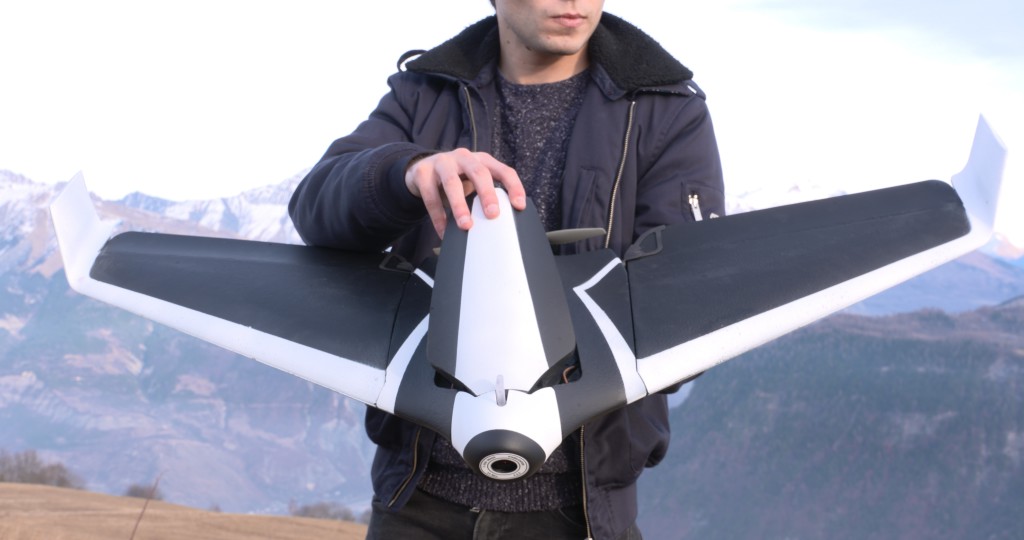
Drones made a huge splash at
CES this year, but the biggest standout was the Parrot Disco. Parrot has
already been made famous for its entry level drones, but the Disco looks and
feels like something else entirely. The Parrot Disco has two wings that let
take off more like a kite than a traditional drone. With just a toss in the
air, the Disco can pick up enough momentum to stay afloat. This thing can also
fly at speeds up to 50mph, stay up for as long as 45 minutes, comes with a
1080p camera at the nose, and has a number of assisted flying modes.
- Get link
- X
- Other Apps
Popular posts from this blog
What is Muzo?
Using Billion Sound Technology (BST), the Muzo smart acoustic device attaches to any smooth surface and generates dynamic, realistic sounds, while promising to cancel vibration and outside noise. This way, the company claims that Muzo can turn almost anything into a crystal clear acoustic environment, including windows, walls, and desks and other furniture; improve the quality of your sleep, and even help protect your speech privacy. And it promises to do all of this over three steps: Position Muzo toward the noise and reposition if needed. Gently press the large button on the surface to select your ambient noise (or, use the noise-canceling technology by itself). Rotate the button to adjust soundtrack volume. Together, the company tells us that Muzo’s noise-blocking technology can create a “personal zone creator” that can work as an alternative to sleep aids and costly sound machines. Muzo sure sounds cool, but is it worth the money? Is it even a feasible con...
How to make 600 | YouTube Shorts | in Just 60 MINUTES for a Faceless Yo...
Pup Smart Scanner:
Using a scanner is usually not the most user-friendly experience you'll ever have. Since you'll have to find your scanner, which is probably under about 5 boxes. You then have to connect it to your computer, which the drivers are probably either not installed or out of date. Then you have to put each individual document you want to scan into the device and wait about 2 minutes each. The Pup is a super simple scanner that works just like a camera, and takes just seconds to scan each item you want digitized. How it works is, you select the settings beforehand on how you'd like to scan it, and what you'd like to do with it once it's scanned, then you hold the Pup Smart Scanner above what you'd like to scan, and lasers will square off and show you exactly what you're about to scan. Then just press the button to initiate the scan, and a flash will illuminate the document, and it will scan it within seconds. Perfect for keeping your child's dr...
Comments
Post a Comment